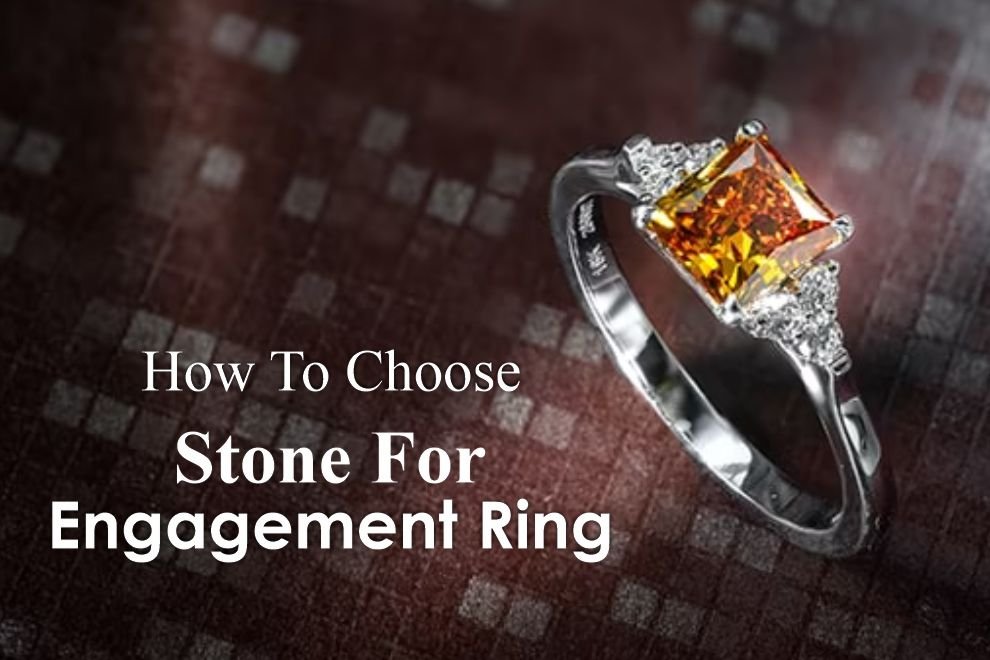Here are a few additional things by https://yourasteria.com to consider when choosing a stone for an engagement ring:
- The 4 Cs: Diamonds are typically evaluated based on the 4 Cs: Cut, Clarity, Color, and Carat weight. Cut refers to the diamond’s symmetry, proportion, and finish, and it can affect the diamond’s brightness and sparkle. Clarity refers to the presence of internal flaws or inclusions in the diamond, and a higher clarity rating generally means a higher quality diamond. Color refers to the absence of color in a diamond, and a higher color rating generally means a higher quality diamond. Carat weight refers to the size of the diamond, and a higher carat weight generally means a higher price.
- The shape of the diamond: Diamonds can come in a variety of shapes, including round, princess, oval, pear, and emerald. Consider which shape the recipient would prefer.
- Durability: Consider the durability of the stone when choosing the setting and metal. Some gemstones, such as diamonds and sapphires, are known for their durability and are less likely to scratch or chip than other gemstones.
- Color: If you are choosing a gemstone other than a diamond, consider the color of the stone. Some gemstones, such as sapphires and rubies, come in a variety of colors, so you can choose a hue that matches the recipient’s personal style or complements the metal of the ring.
- Certification: It’s important to ensure that the stone you choose is certified by a reputable organization such as the Gemological Institute of America (GIA). A certification will provide information about the stone’s quality and will give you peace of mind that you are purchasing a high-quality stone
Here are a few additional points to consider when choosing a stone for an engagement ring:
- Cut: The cut of a stone refers to its symmetry, proportion, and finish, and it can affect the diamond’s brightness and sparkle. A well-cut diamond will have a brighter and more sparkling appearance.
- Clarity: Clarity refers to the presence of internal flaws or inclusions in a diamond. Diamonds are rated on a scale from “included” (I) to “flawless” (FL). A diamond with a higher clarity rating will generally have fewer visible inclusions and will be of higher quality.
- Carat weight: The carat weight of a diamond refers to its size, and it is a factor that can significantly affect the price of the diamond. A diamond with a higher carat weight will generally be larger and more expensive than a diamond with a lower carat weight.
- Fluorescence: Some diamonds will exhibit fluorescence, or a glowing effect, when exposed to UV light. Fluorescence can affect the appearance of the diamond, and some people prefer diamonds with a strong fluorescence while others prefer diamonds with no fluorescence.
- Lab-grown diamonds: Lab-grown diamonds are diamonds that are created in a laboratory rather than mined from the earth. These diamonds are chemically, physically, and optically identical to natural diamonds, but they are typically more affordable. Lab-grown diamonds are an increasingly popular choice for engagement rings.
Also Read: Birthstone Jewelry: A Perfect Fusion of Elegance and Exceptional Quality










